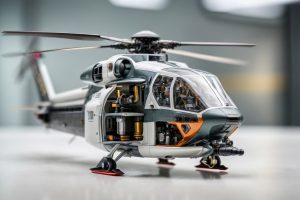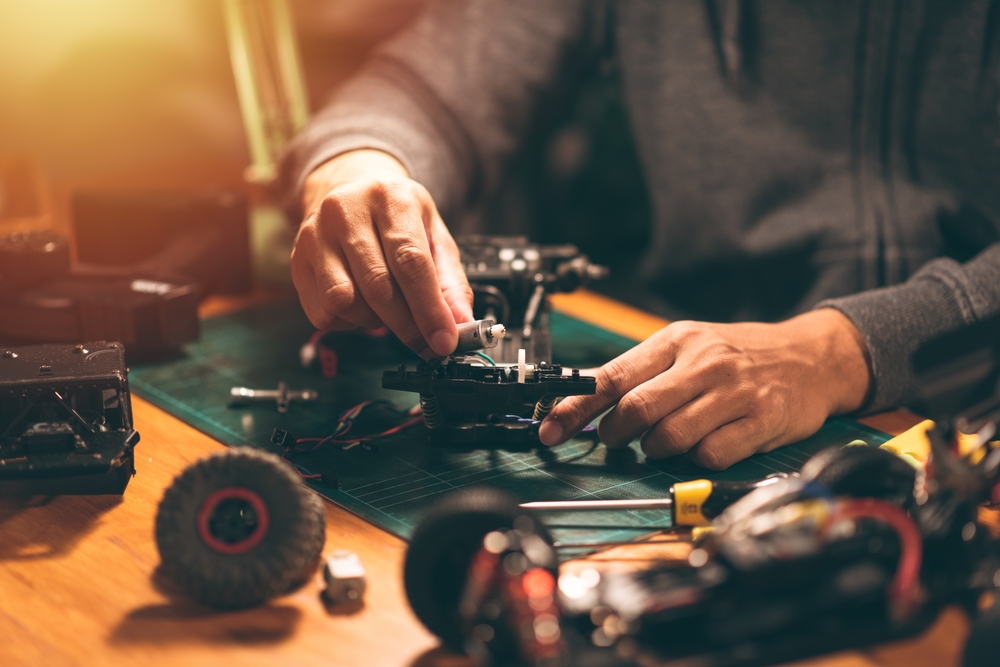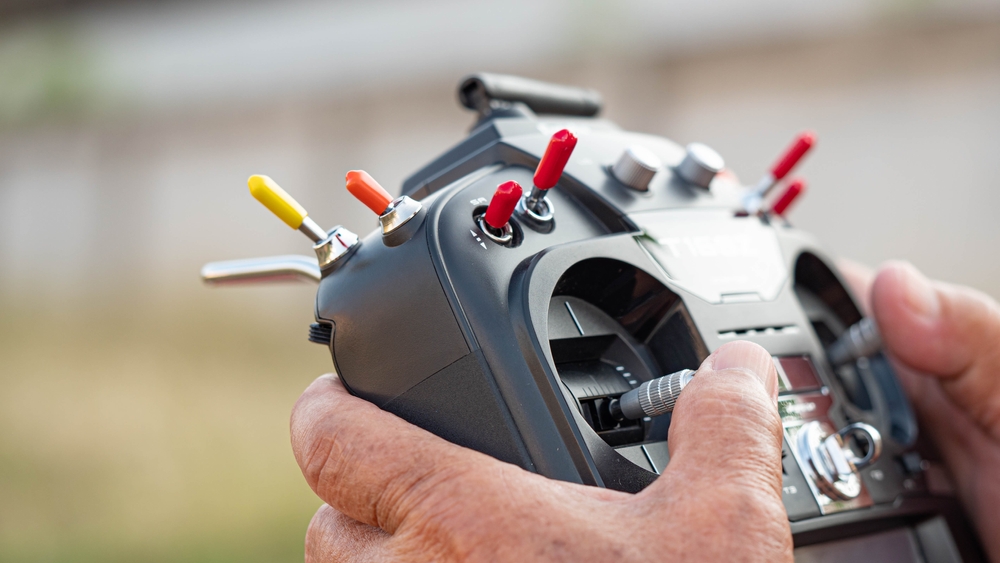Hello, fellow radio-controlled helicopter enthusiasts. I am thrilled to be your guide in the world of RC aircraft. As such, it is my duty and pleasure to provide you with the most relevant and comprehensive information on the topic.
Therefore, I have prepared the following blog post. It is an attempt to explain the array of RC helicopters in its entirety, yet at the same time make it easy to grasp even by beginners. As I have already mentioned numerous times, these machines are much more than fun toys. Most of them, even the basic ones, are complex devices with intriguing mechanics that operate following the principles of mathematics, physics, and aerodynamics.
I would not want to waste your time with small talk, so let us dive into the exciting world of RC helicopters.
RC Helicopters: General Overview?
I am sure you are aware of that, but RC helicopters are a specific type of model aircraft. They exist in several major varieties. Some RC helicopters are more maneuverable than others. However, they are typically more difficult to control. Regardless, such machines are more fun, and you can use them to perform various acrobatic tricks like this amazing stunt below:
RC helicopters can perform virtually the same maneuvers as their real-life counterparts. This is thanks to their controls. Flight controls enable you to command the collective, also called “throttle” on fixed pitch copters, the cyclic controls, and the tail rotor.
Operating these in harmony allows you to make your RC helicopter perform the advanced maneuvers of full-sized machines. Some of these include backward flying and hovering. More notably, advanced RC helicopters can also carry out maneuvers regular copters find impossible to achieve, such as inverted flight.
Safety and Precautions
Something you should know is that RC helicopters are not harmless toys. This is especially valid for parents whose kids are into RC aircraft. In earlier days, RC copters used to have methanol-powered two-stroke motors. Nowadays, however, they mostly use electric brushless motors and high-performance lithium polymer batteries.
This evolution in technology has enabled to achieve greater efficiency, better performance, and improved lifespan. Additionally, it has allowed for a significant decrease in prices. The latter has made RC helicopters a much more affordable hobby.
That said, model helicopters are still not entirely safe because their rotors turn at very high speeds. Thus, they can cause serious injuries to those in their proximity. That is why you should never leave children unattended with RC aircraft. Adult beginners should also take the necessary precautions.
Types of RC Helicopters and the Differences Between Them
RC helicopters mostly differ by how they are fueled. The most common power sources include:
- Glow fuel: It is also called nitro fuel, and the name derives from nitromethane-methanol.
- Electric batteries
- Gasoline/petrol
- Turbine engines
Initially, glow-fuel helicopters dominated the market. However, during the last decade, electric-powered helicopters have evolved significantly. They have improved in terms of power and flight times although they are still not as good as those glow-fuel helicopters.
In terms of controlling the main rotors, there are two types of systems – mechanical mixing and collective pitch mixing (eCCPM). In the beginning, almost all helicopters used to employ mechanical mixing. However, nowadays, they mostly use eCCPM.
Another RC helicopter type worth mentioning is turbine aircraft. Unfortunately, these wonderful machines are a bit on the expensive side, so not many people can afford them.

Construction of RC Helicopters
Several types of materials are usually used for the construction of RC helicopters. These include regular plastic, glass-reinforced plastic, aluminum, and carbon fiber. Fiberglas, wood, and carbon fiber are the most common materials for making the rotor blades.
Model helicopters are usually sold in kits for assembling. Each kit contains multiple parts, just like real-life helicopters. The assembling process may take a different amount of time depending on how complicated the model is. Usually, it is completed within 5 to 20 hours.
You have to bear in mind that when you construct RC helicopters, you need to be very precise. The reason is that they are very sensitive to vibrations. In other words, poorly assembled RC helicopters can experience problems during take-off and in-flight.
Also, it is good to choose a model RC helicopter with a flybar or electronic stabilizing equipment. The reason is that – because this type of aircraft is usually small and light – the rotation rate is very fast due to the fast response of control inputs. The latter fact can make your RC copter difficult to fly. To avoid the struggle, you should choose your model helicopter carefully.
If you have trouble picking the right RC machine to start with, please browse through the rest of my blog. You will find a lot of useful information and simple, practical advice.




